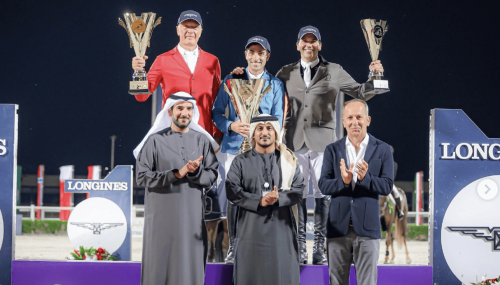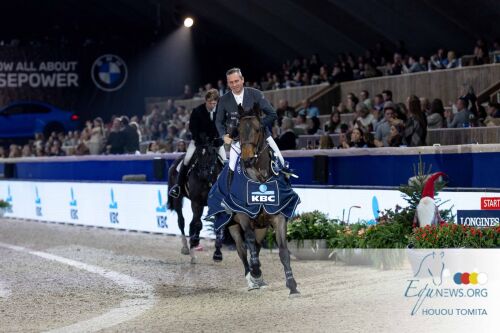In last month’s issue of de Paarden Gazet, our editorial team dove into a question that fascinates breeders, riders, and owners alike: How much of a predictor is the FEI WBFSH World Breeding Championship for Young Horses when it comes to later success at the very top of the sport?
A closer look at the finalists from 2015 to 2024 reveals surprising truths about the World Championships in Lanaken. What becomes of those promising young horses after their time in the spotlight? And which ones truly go on to shine in the world’s biggest arenas?
The answer: Lanaken is far more than a stage for future stars—it is a platform for both horses and riders, shaping careers long after the ribbons are handed out.
Ten Years of Data: What the Numbers Say
Over the last decade, the championship podium has hosted dozens of champions, hundreds of horses, and riders from every corner of the globe. But how well does a medal at Lanaken actually predict Grand Prix success?
The data shows a clear pattern: the older the horse, the more meaningful the result.
-
Five-Year-Olds
At this age, variability is highest. Some champions make the leap into the international spotlight, but many disappear from the scene altogether. Physical maturity, mental development, and careful management are decisive. For most, the World Championship at five is a shop window rather than a guarantee. -
Six-Year-Olds
Here, consistency improves. With more experience in the ring, these horses already prove that they are not just talented but competition-ready. Around 40–50% of medal winners from this category advance to 1.50m level or beyond. This age group is a true filter for future stars. -
Seven-Year-Olds
By far the most predictive category. Over 60% of podium horses make the jump to top-level sport within a few years. Think of Nevados S (World Champion at seven in 2015), who went on to Grand Prix victories and European Championship medals, or Faltic HB, now a Nations Cup and Global Champions Tour standout under Ben Maher. Success at seven is often the first clear sign of a horse destined for the international elite.
Riders on the Rise
The Lanaken stage isn’t only a springboard for horses. Many riders—often still in their early twenties—use it to showcase their talent to employers, owners, and the wider sport. Names like Bertram Allen, Lucas Porter, Maikel van Mierlo, and Sophie Hinners all took home medals before becoming household names in the sport.
The Transfer Market in Motion
Another striking finding: more than half of the podium horses change riders within two years of the championship. Some are sold abroad immediately after the event, while others are strategically handed over within top stables to more experienced Grand Prix riders. Beyond sport, Lanaken is also a hub of scouting and commerce, where future stars are matched with the teams that can bring out their full potential.
Not Every Star Stays Bright
While many Lanaken graduates rise to fame, not every medalist makes it to the highest level. Some never advance past 1.45m, and others vanish due to injury, management decisions, or sheer misfortune. The message is clear: a world title is a powerful signal, but not a guarantee.
A Golden Seal for Breeders
For breeders, a podium finish in Lanaken is the ultimate endorsement. Bloodlines featuring Chacco-Blue, Cornet Obolensky, Diamant de Semilly, and Kannan dominate, with studbooks such as BWP, Zangersheide, and KWPN leading the way. A medal can double a stallion’s demand overnight, cementing Lanaken’s status as both a sporting and economic powerhouse.
The Verdict
So, is the FEI WBFSH World Breeding Championship for Young Horses a predictor of future stardom? Yes—but with nuance. At five, it’s a showcase. At six, a filter. And at seven, a true launchpad.
What is certain: Lanaken is far more than just a weekend of sport. It is a pivotal checkpoint in the journey of both horse and rider. Champions may not be made here—but they are most certainly discovered.



